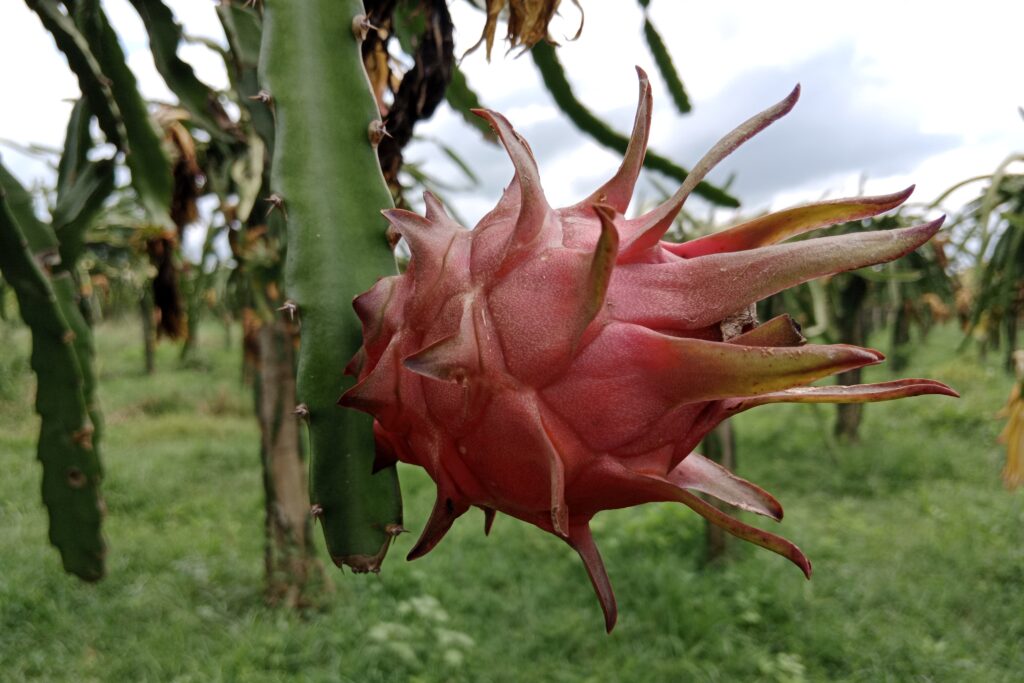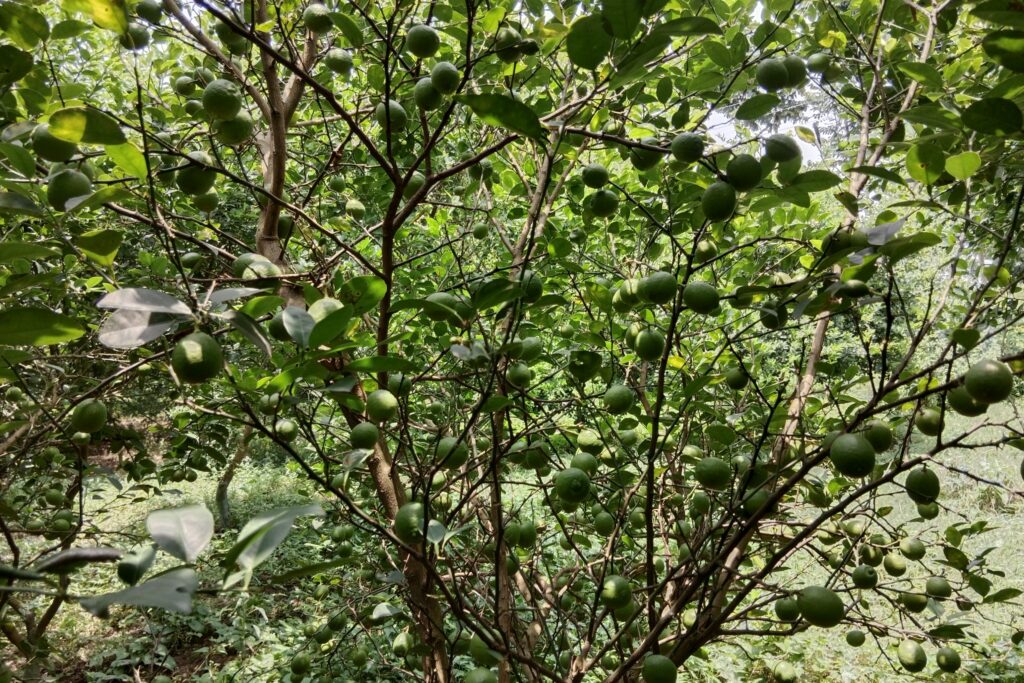Flax Seed Farming
Flax (Linum usitatissimum) is a versatile and nutrient-rich crop cultivated primarily for its oil-rich seeds and fibrous straw. Valued for its high content of omega-3 fatty acids, protein, and fiber, flax serves both nutritional and industrial purposes, including oil extraction, food products, and textile production. Its adaptability to diverse agro-climatic conditions and relatively short growing period make it an attractive option for farmers seeking profitable and sustainable cropping systems.
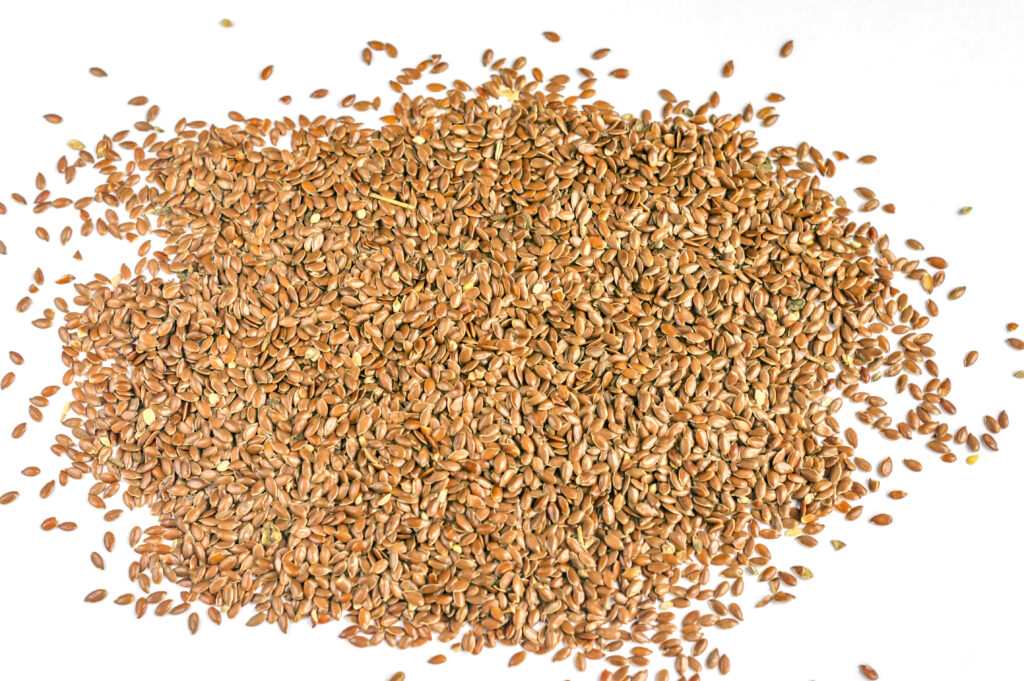
Flax seed farming is emerging as a highly profitable venture for farmers due to its dual benefits of seed and straw production. When analyzed on a per-acre basis, flax seed farming profit per acre demonstrates strong financial returns, making it an attractive crop choice.
With a net profit of NRs. 77,000 against a total investment of NRs. 43,000, the enterprise ensures a return on investment (ROI) of 179%, highlighting its lucrative potential. The profitability is further strengthened as both the seed yield and straw provide considerable income, thereby diversifying revenue sources. Moreover, with efficient cost management and the adoption of improved cultivation practices, farmers can maximize yields and enhance overall profitability.
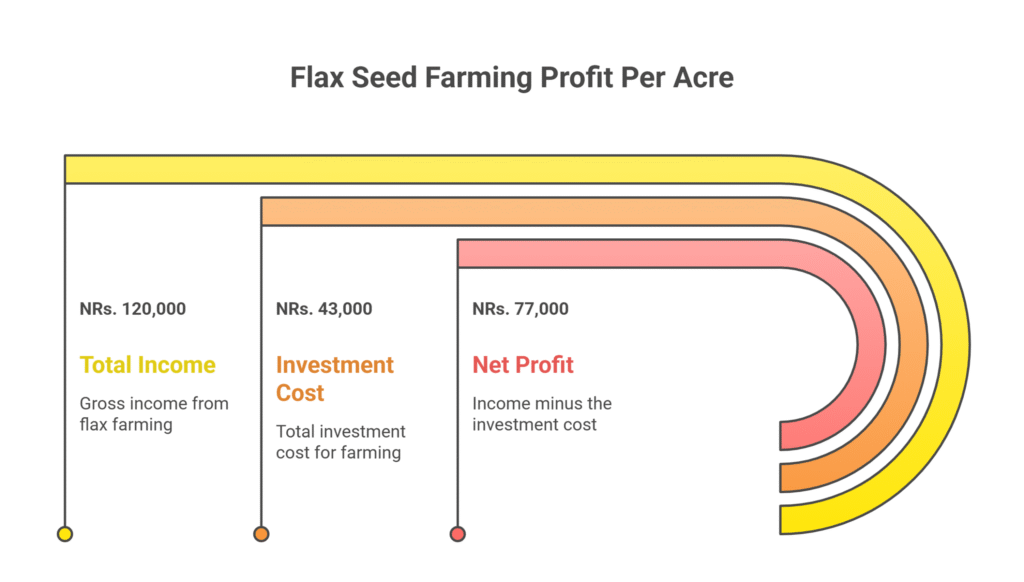
Land Preparation
Flax has a fine, fibrous root system that requires a well-prepared, firm seedbed to support healthy growth, with the primary objective being to create a loose, friable, and weed-free surface that allows for uniform seed placement and effective seed-to-soil contact.
Land preparation begins with deep plowing—or subsoiling if a hardpan is present—carried out 3–4 weeks before sowing, followed by 2–3 cross harrowings to break large clods and level the field. Afterward, planking with a roller or planker is done to compact the soil slightly, preventing seeds from being sown too deep and ensuring uniform moisture for germination.
Ultimately, the final seedbed should be fine-textured, moist, and completely free from weeds to provide the ideal conditions for flax cultivation.
Soil Type
Flax grows best in well-drained, deep, loamy soils rich in organic matter, though it can also perform well on sandy loam to clay loam soils. Good drainage is a critical requirement, as the crop is highly susceptible to waterlogging. The ideal soil pH for flax cultivation ranges between 5.5 and 7.0, and while the crop shows moderate tolerance to soil salinity, maintaining proper soil conditions is essential for optimal growth and yield.
Climatic Requirements
Flax is a cool-season crop that thrives in a cool, moist growing period followed by dry conditions for harvesting. The ideal average daily temperature ranges between 15°C and 25°C (59°F to 77°F), with seedlings able to tolerate mild frosts but not severe freezes, while high temperatures during flowering and seed development can drastically reduce yields.
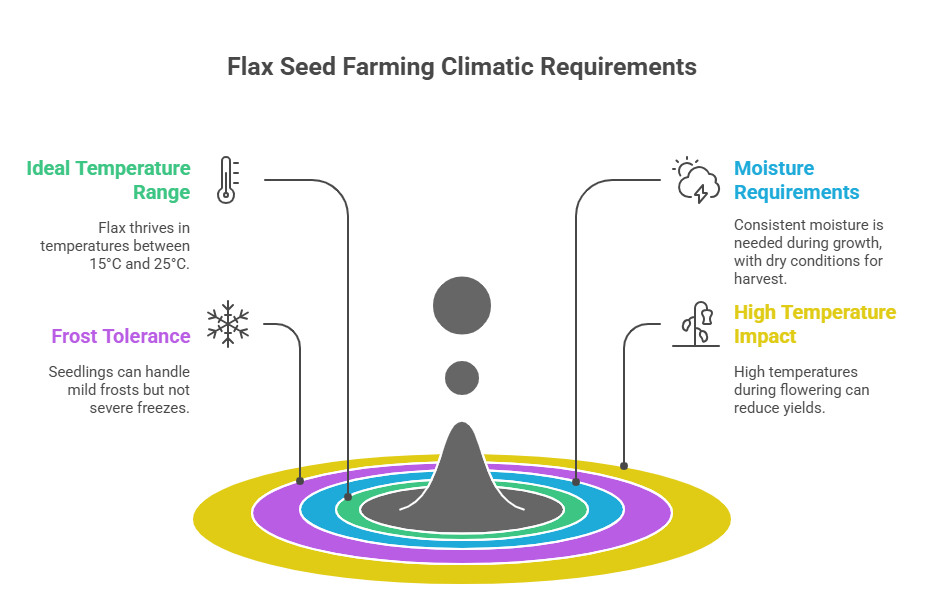
Consistent moisture is essential from germination through the vegetative stage, with evenly distributed rainfall of 400–700 mm during the growing season being most favorable, whereas dry weather is critical during seed maturation and harvest to ensure good seed quality.
Major Cultivars
Cultivar selection in flax farming is primarily guided by regional adaptability, yield potential, oil content, and resistance to prevalent diseases, ensuring that the chosen variety performs well under local conditions.
Depending on the purpose of cultivation, farmers may opt for varieties bred for higher seed yield and superior oil quality, or those developed for stronger fiber production, with commonly grown types varying across regions to match climatic suitability and market demand.
| Type / Category | Key Characteristics | Examples |
| Brown-Seeded | Traditionally grown; higher fiber content in the straw. | |
| Yellow-Seeded (Solin) | Developed for low linolenic acid; produces a more stable edible oil. | Omega, Linott, Flanders, CDC Bethune |
| Popular Indian Varieties | Jawahar-17, Jawahar-23, Mukta, Shital, Padmini, T-397 (early maturing), Neelum |
Propagation
Flax is propagated exclusively by seed. Vegetative propagation is not practiced in commercial farming.
Seed Rate per Acre
For successful flax cultivation, a seed rate of 20 to 25 kg per acre is recommended, with seeds treated before sowing to protect against seed-borne diseases. Suitable fungicides such as Bavistin or Thiram can be used, applied at the rate of 2 grams per kilogram of seed to ensure healthy germination and crop establishment.
Planting
a). Planting Season
Planting season for this crop varies with climate; in tropical and subtropical regions it is typically sown from mid-October to November during the Rabi season, while in temperate regions it is best sown in early spring, from April to early May, as soon as the soil can be worked.
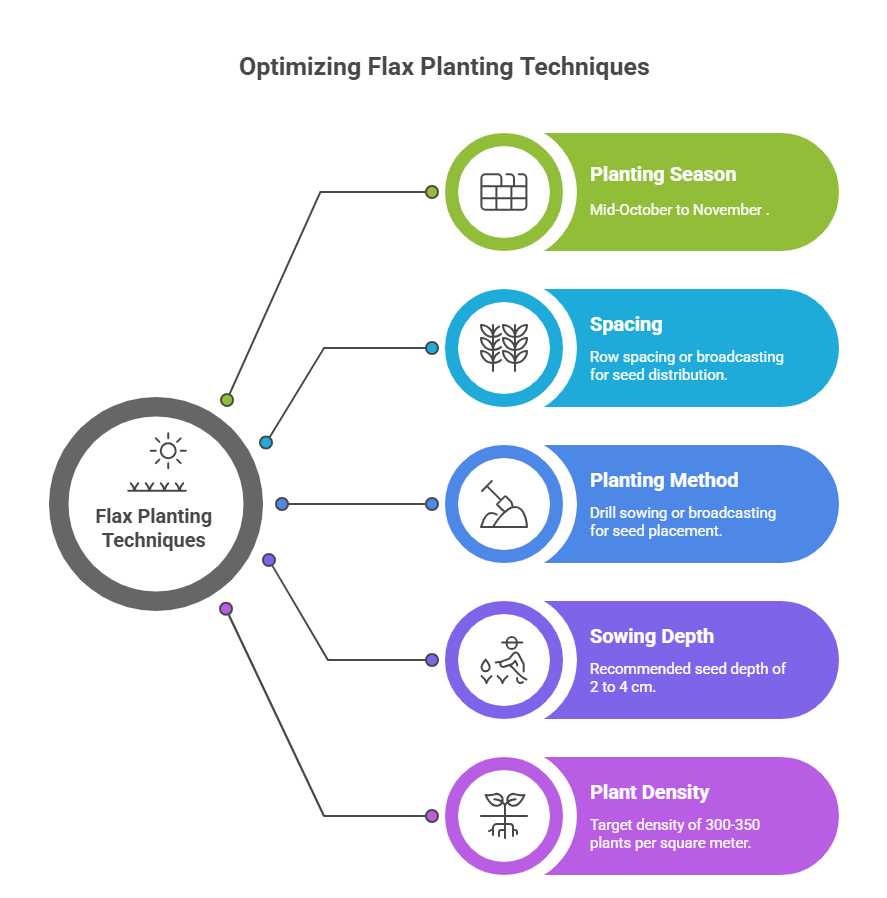
b). Spacing
Seeds can be planted using line sowing, with rows spaced 20 to 30 cm apart, or by broadcasting, where seeds are scattered uniformly across the field, though this method is less efficient.
c). Planting Method
The recommended planting methods include drill sowing, which is the most common and preferred approach as a seed drill places seeds at a uniform depth of 2–4 cm, ensuring better germination and easier weed control, and broadcasting, where seeds are manually scattered and lightly covered with soil using a harrow, though this method consumes more seed and makes weeding more difficult.
d). Sowing Depth
Seeds should be sown at a depth of 2 to 4 cm (1 to 1.5 inches) and never deeper than 4 cm.
e). Number of Plants per Acre
With a target plant population of 1.3 – 1.5 million plants per acre, and after germination and thinning, you can expect approximately 300 to 350 plants per square meter.
Intercropping
Flax is generally not intercropped because its dense growth habit and low stature heavily shade the ground; however, in some regions, it can be intercropped with pulses such as chickpea or lentil in paired rows, or with mustard in wider spacing systems, with flax remaining the primary crop and the intercrop occupying a minor proportion.
Irrigation
Flax has a shallow root system and requires careful water management to ensure healthy growth. The first irrigation is critical for germination and should be applied immediately after sowing if the soil moisture is low.
Subsequent irrigations are needed at key growth stages, including the seedling stage (15–20 days after sowing), the rapid vegetative growth stage (30–35 DAS), the flowering stage (50–55 DAS), which is the most critical for water, and the seed development stage (70–75 DAS). Typically, 3–4 irrigations are sufficient under normal conditions, and irrigation should be stopped once the seeds reach the dough stage to promote uniform maturity and drying.
Fertilizer and Manure for Flax (per acre)
Soil testing provides the most accurate guidance for precise fertilization.
| Fertilizer Type | Nutrient | Recommended Amount | Common Fertilizer Equivalent | Application Timing & Method |
| Organic | – | 8-10 tonnes | Well-decomposed FYM or Compost | Applied during land preparation. |
| Inorganic | Nitrogen (N) | 20-25 kg | 45-55 kg of Urea | Half at sowing, half at the first irrigation. |
| Phosphorus (P₂O₅) | 30-40 kg | 190-250 kg of Single Super Phosphate | All applied as a basal dose at sowing. | |
| Potassium (K₂O) | – | – | Apply 35 kg of Muriate of Potash per acre at sowing only if soils are deficient. |
Weed Control
Weeds are a major competitor to flax due to its slow initial growth, and effective control can be achieved through cultural, mechanical, and chemical methods; a well-prepared seedbed and line sowing facilitate inter-row cultivation, while one or two hand weedings or hoeings at 25–30 and 45–50 days after sowing are very effective, and pre-emergence herbicides such as Pendimethalin (1.0–1.5 kg a.i./acre) or Fluchloralin (0.5–1.0 kg a.i./acre) can be applied immediately after sowing before weed emergence, following label instructions.
Flowering and Fruit Management
Flowering in flax begins 45–60 days after sowing and lasts for about 15–20 days, with the plant being largely self-pollinated; following pollination, the flowers develop into round bolls (fruit capsules) containing 4–10 seeds, and while no specific fruit management practices such as thinning are required, maintaining adequate moisture and nutrient availability during this phase is essential for proper boll fill and seed size.
Pest and Disease Management
Common Pests
a). Cutworms
Cutworms are destructive pests that attack crops by severing young seedlings at the base, often leading to severe damage during the early growth stage and causing significant crop loss if not managed properly. Effective control begins with cultural practices such as maintaining a clean, weed-free field, which reduces breeding sites and shelter for the larvae.
For direct management, poison baits prepared with suitable attractants can be applied to target the pests. In cases of severe infestation, chemical control becomes necessary, and insecticides like Chlorpyriphos 20% EC at a dose of 400 ml per acre, mixed with sand and soil, can be applied around the base of plants to effectively reduce the cutworm population and protect the crop.
b). Aphids
Aphids are sap-sucking pests that attack plants, particularly during the flowering stage, causing stunted growth and reduced yield; they can be managed by conserving natural predators like ladybird beetles or through chemical control by spraying Imidacloprid 17.8% SL at 40 ml per acre diluted in 200 liters of water.
c). Bollworms
Bollworms are serious pests that damage developing seed bolls, leading to significant losses in both quality and yield; effective management requires regular field scouting and, when necessary, targeted application of insecticides such as Emamectin Benzoate 5% SG at 80 g per acre diluted in 200 liters of water.
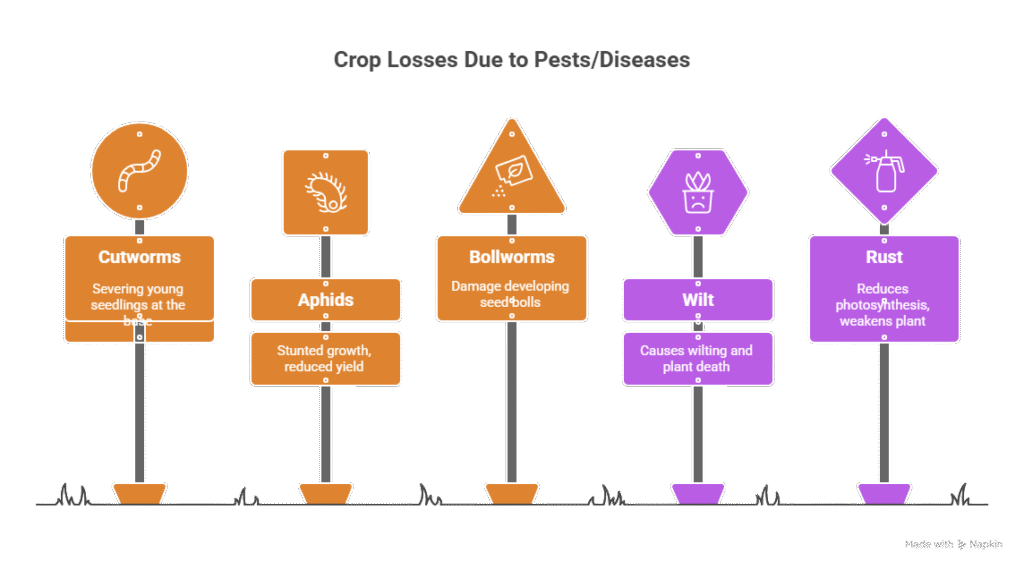
Common Diseases
a). Wilt (Fusarium oxysporum)
This disease causes wilting and eventual death of plants, severely affecting crop stand. Management involves using resistant varieties, practicing crop rotation, and ensuring proper drainage.
b). Rust (Melampsora lini)
Rust appears as orange pustules on leaves and stems, reducing photosynthesis and weakening the plant. It can be effectively controlled by growing resistant varieties and spraying Mancozeb 75% WP at 2 g per liter of water (400 liters per acre).
c). Alternaria Blight
This disease causes leaf spots and boll rot, leading to poor seed development. Management includes seed treatment with Carbendazim 50% WP at 2 g per kg of seed, maintaining field sanitation, and spraying Mancozeb 75% WP at 2 g per liter of water when symptoms appear.
d). Powdery Mildew
Characterized by white, powdery fungal growth on leaves, it reduces photosynthesis and plant vigor. Control measures include dusting Sulfur at 10–15 kg per acre or spraying systemic fungicides such as Hexaconazole 5% EC at 400 ml per acre in 200 liters of water.
Harvesting
Harvesting of flax should be done at the right time when plants turn pale yellow or golden brown, leaves have dried and fallen, and the bolls are firm and rattle when shaken, with seeds hard and dark brown. Manual harvesting involves cutting plants close to the ground with sickles, bundling them into sheaves, and stacking them upright in the field for 5–7 days of drying, while in large-scale operations, combine harvesters are used, with careful adjustments made to prevent seed cracking.
Yield
Yield of flax varies with cultivar, climate, and management practices, with a good crop producing 8 to 12 quintals (800 to 1200 kg) of seed per acre under optimal conditions, along with 20 to 25 quintals (2000 to 2500 kg) of straw per acre that can be used as fodder or for fiber extraction, while the seeds generally contain 35% to 45% oil by weight.
Cost of Investment Per Acre for Flax seed Farming
| S.N. | Categories | Cost (NRs.) |
| 1 | Land Preparation | 15,000 |
| 2 | Seed | 1,000 |
| 3 | Sowing | 2,000 |
| 4 | Fertilizers and Manure | 6,000 |
| 5 | Irrigation | 5,000 |
| 6 | Weed Control (pre & post-emergence) | 2,000 |
| 7 | Pest & Disease Control | 3,000 |
| 8 | Harvesting | 4,000 |
| 9 | Miscellaneous Costs | 5,000 |
| Total Cost of Cultivation | 43,000 |
Income Per Acre from Flax seed Farming
| Particulars | Estimated Yield (Kg) | Market Price (NRs./Kg) | Total Income (NRs.) |
| Seed Yield | 1,000 | 100 | 100,000 |
| Straw Yield | 2,000 | 10 | 20,000 |
| Total | — | — | 120,000 |
Analysis of Flax seed Farming Profit Per Acre
The profit analysis for flax seed farming per acre reveals a highly profitable venture, with a net profit calculation showing that the total income of NRs. 120,000 minus the total investment cost of NRs. 43,000 results in a net profit of NRs. 77,000. Furthermore, the return on investment (ROI), which measures the efficiency of the capital invested, is calculated as (77,000 / 43,000) × 100, yielding an exceptional ROI of approximately 179.07%, indicating a very efficient and profitable use of resources.
Crop Calendar of Flax Seed Farming ( Per Acre Basis)
This calendar outlines the key agricultural operations and their timing for a typical flax crop, from pre-sowing to post-harvest. Timings are approximate and should be adjusted based on local climatic conditions and the specific cultivar chosen.
| Month (Approx.) | Growth Stage | Key Operations & Recommendations |
| Mid Sept – Oct | Land Preparation | Deep plowing followed by 2-3 harrowings and planking to achieve a fine, firm, weed-free seedbed. Apply 8-10 tonnes of FYM/Compost during this stage. |
| Late Oct – Nov | Sowing | Sow treated seeds (20-25 kg/acre) at a depth of 2-4 cm with row spacing of 20-30 cm. Apply basal dose of SSP (190-250 kg/acre) and half the urea (22-27 kg/acre). Apply pre-emergence herbicide (e.g., Pendimethalin) if needed. |
| Nov | Germination / Early Seedling | First light irrigation immediately after sowing if moisture is low. Second irrigation at 15-20 days after sowing (DAS). Monitor for cutworms. |
| Dec | Vegetative Growth | Third irrigation at 30-35 DAS. Apply top dressing with the remaining half of urea (22-27 kg/acre). Perform first hand weeding/hoeing at 25-30 DAS. Second weeding (if needed) and monitor for aphids and rust at 45-50 DAS. |
| Jan | Flowering & Early Boll Dev. | Fourth irrigation (most critical) at 50-55 DAS during flowering. Ensure consistent moisture. Monitor for bollworms and Alternaria blight. A fifth irrigation may be needed later in the month (70-75 DAS) for boll development under dry conditions. |
| Feb | Maturation & Harvest | Stop irrigation to promote maturity and drying. Plants turn golden brown. Harvest at 90-100 DAS when bolls rattle. Cut plants and bundle into sheaves. |
| Mar | Post-Harvest | Dry sheaves upright in the field for 5-7 days. Thresh to separate seeds from straw. Clean and dry seeds for storage or sale. Bale straw for fodder or fiber. |
Sources
Food and Agriculture Organization (FAO)
University of California Agriculture & Natural Resources (UC ANR)
European Plant Protection Organization (EPPO)
Punjab Agricultural University (PAU)
Tamil Nadu Agriculture University (TNAU) – Agritech portal
Indian Council of Agricultural Research (ICAR)
Nepal Agricultural Research Council (NARC)
U.S. Department of Agriculture (USDA).
Ministry of Agriculture and Livestock Development (Nepal)
Disclaimer: This crop farming profits assume optimal conditions. Actual results may vary depending on climate, market prices, and farm management practices.

